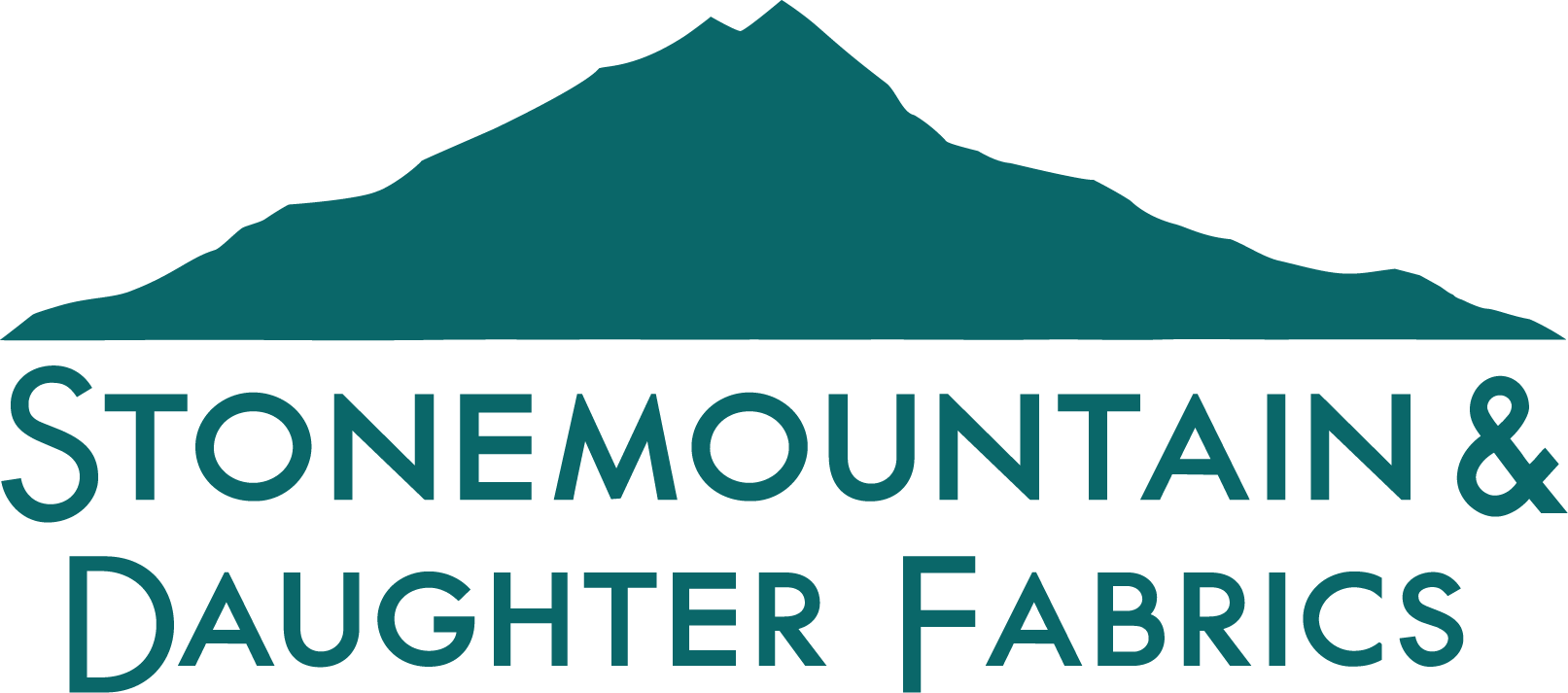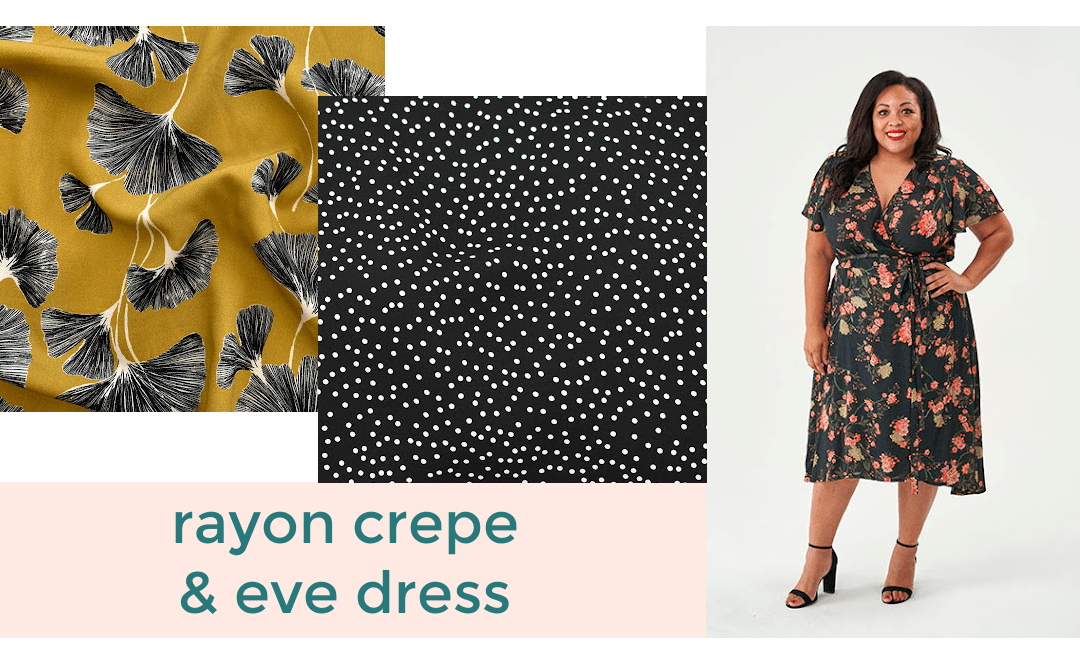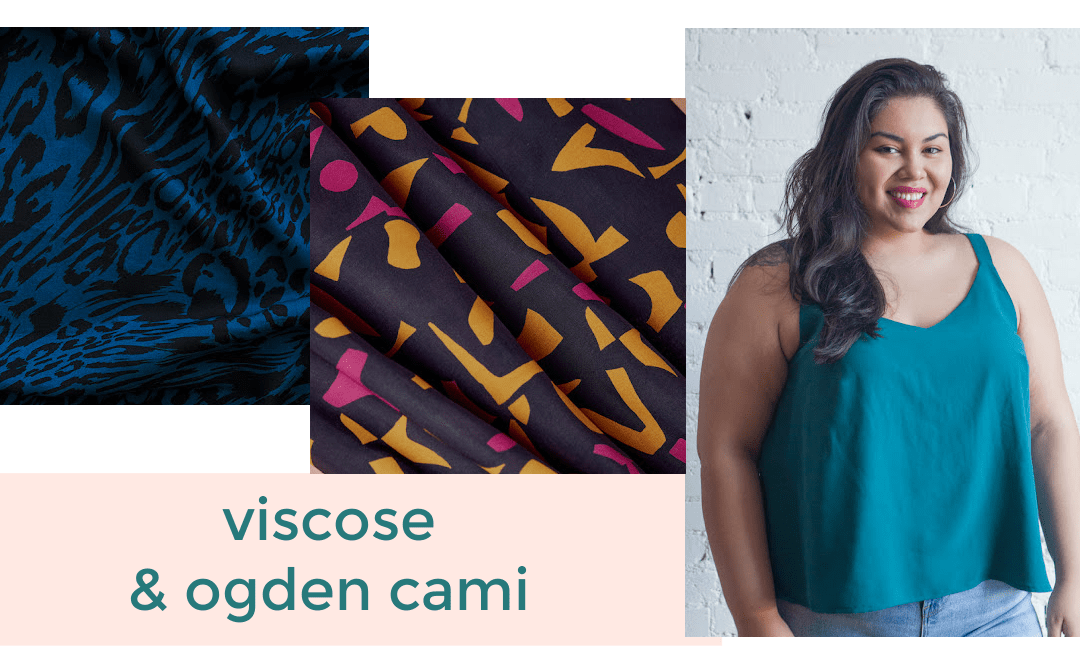Rayon is one of our favorite fibers because it always has a beautiful drape whether it’s a knit or a woven. It’s often soft, usually lightweight, and relatively easy to care for—but what is it exactly? And what about those other fibers like viscose, tencel, cupro, and modal? Rayon is one of the most misunderstood fibers, so we want to demystify some of the misconceptions and confusing terms that surround this great fabric!
So What is Rayon?
Rayon is the catchall term for fabric made from regenerated cellulose fiber. Rayon is often mistaken for a synthetic fiber, but it is actually made from wood pulp and other plant materials. It was developed in the early 1900s as an alternative to silk and has since been used in all sorts of applications, from commercial to industrial. One of the great properties of rayon is that it is cool to the touch. This and its breathability make it a perfect fabric for warm weather. A swingy rayon dress or blouse will help keep you cool and comfortable when it’s the middle of July and the humidity is out of control!
Bamboo Rayon
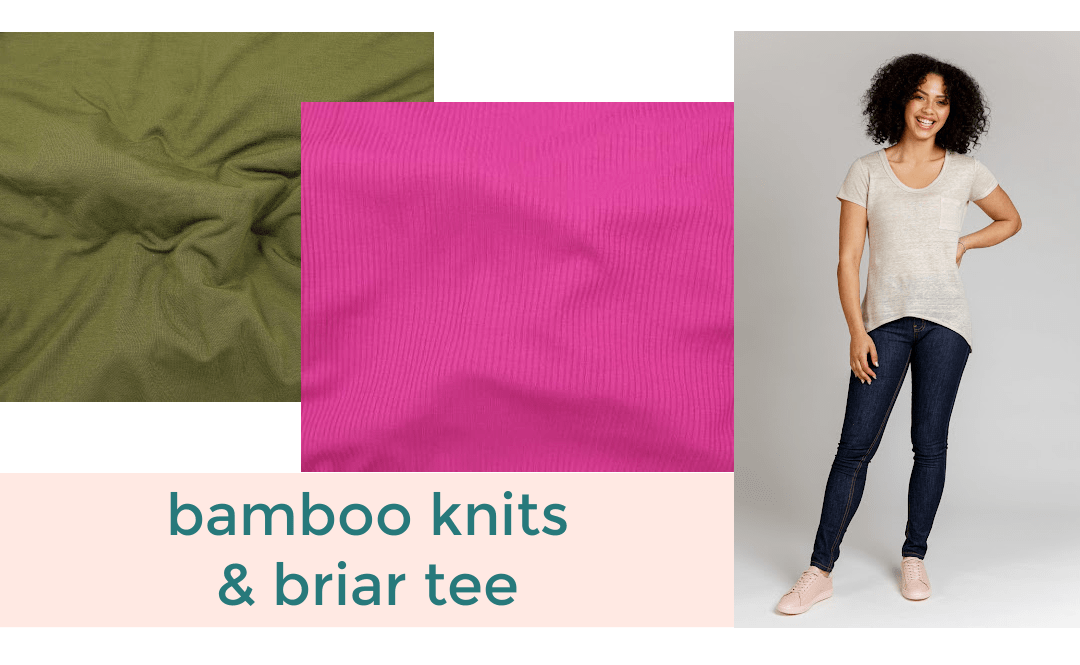
Rayon Crepe
Rayon Challis
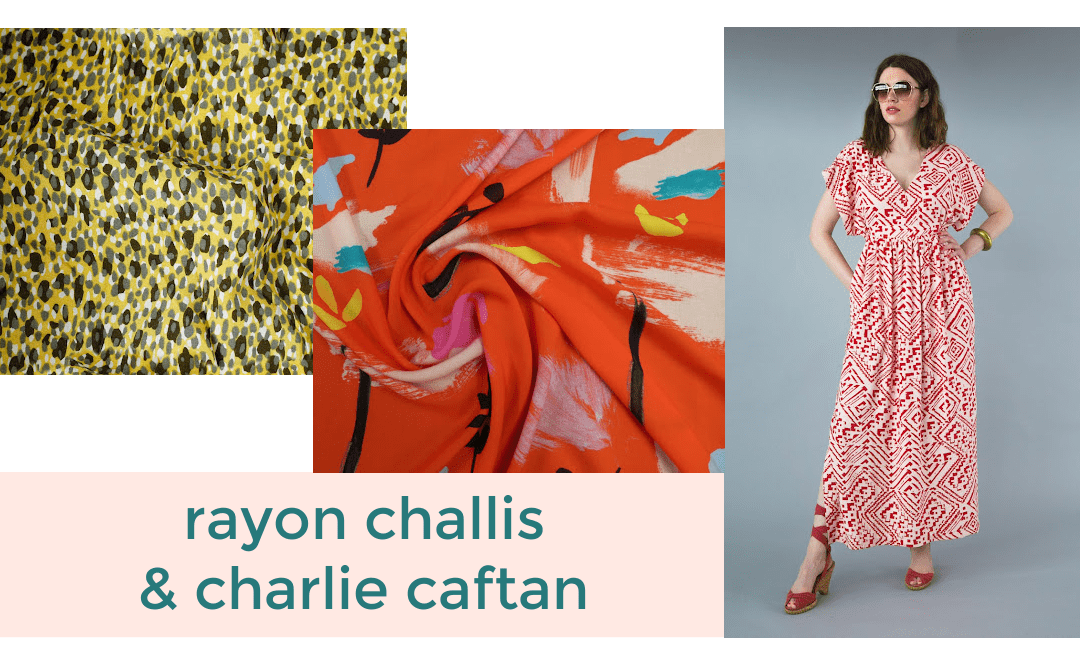
Other Rayons
Viscose
Tencel
Though tencel can be made into all sorts of different weaves, the type we see most often is twill. Tencel twill is a great bottomweight for making jackets and pants. One thing to note with tencel is that it tends to get shiny when pressed with a hot iron. We recommend turning down the temp and using a pressing cloth. A Heavy Tencel Twill is the perfect weight for pants and jackets, yet is wonderfully soft and drapey! The Burnside Bibs by Sew House Seven is a great pattern for summer—so stylish and easy to wear.
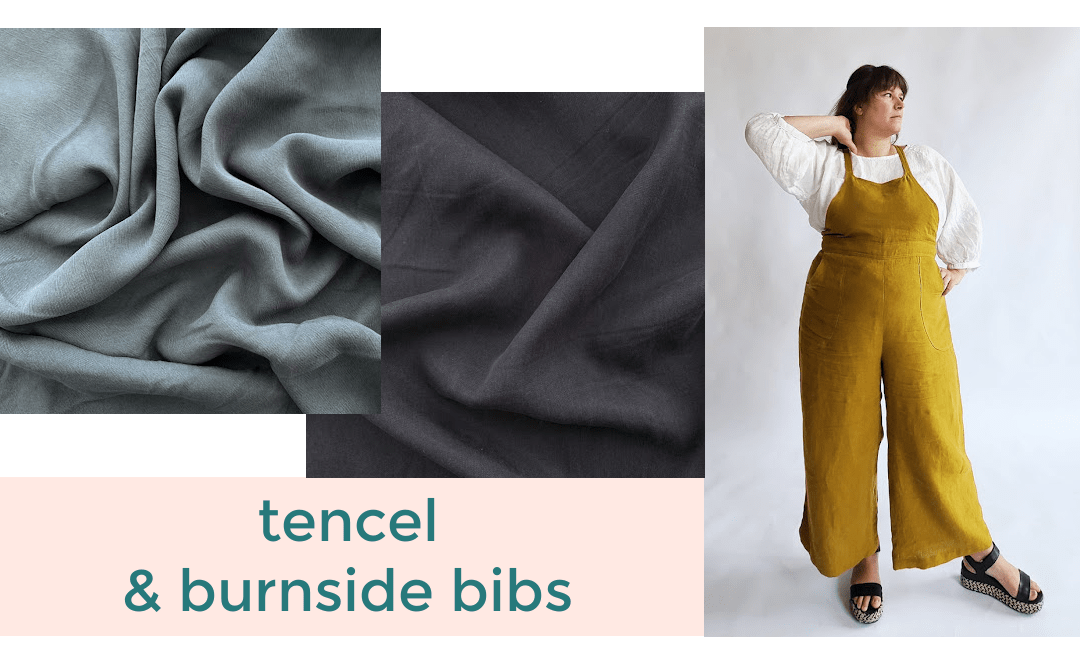
Cupro
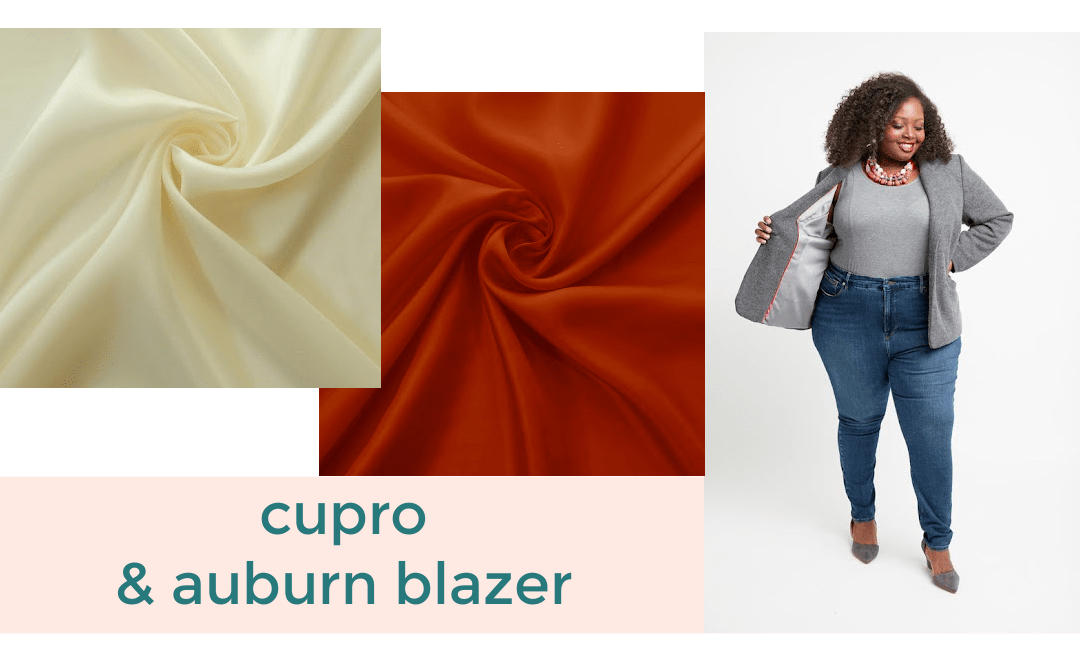
Modal
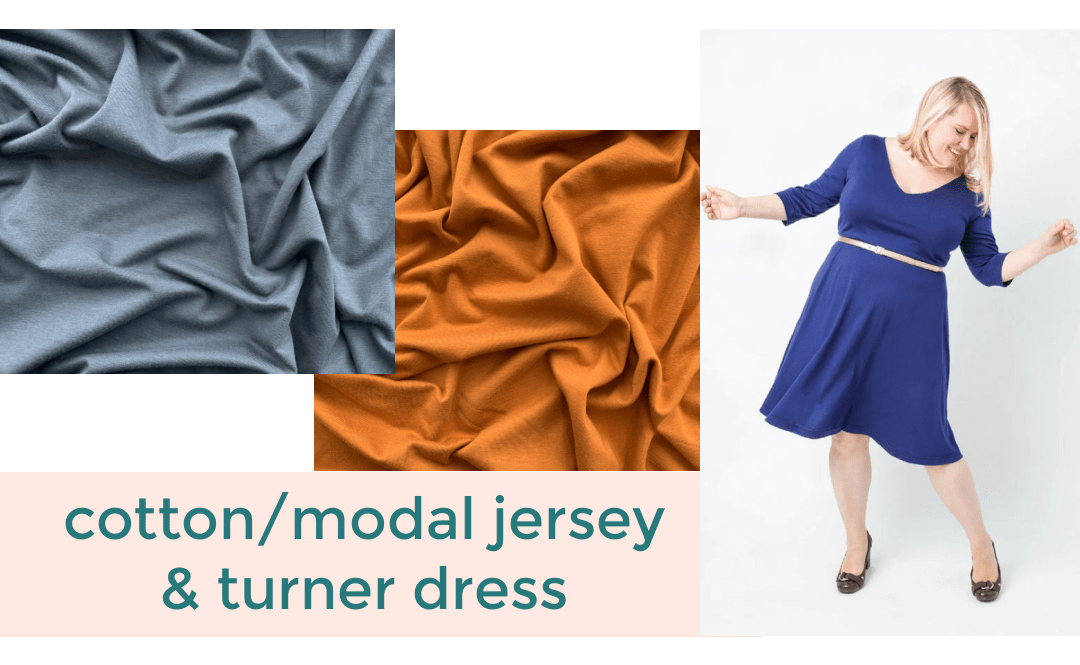
Sewing with Rayon
We know that rayon is super easy to wear, but how easy is it to care for? Rayon used to have a reputation for being dry clean-only, but nearly all modern rayon can be machine washed. However, we recommend keeping it away from the dryer. Rayon tends to shrink and you don’t want your lovely summer sun dress to become a micro-mini! If you’re not sure how your fabric will react to washing, just test a swatch before throwing your full yardage in the washer.
What do you think about rayon and all of its cousins? If you’ve never sewn with it before, we hope that after reading this you will give rayon a try!
